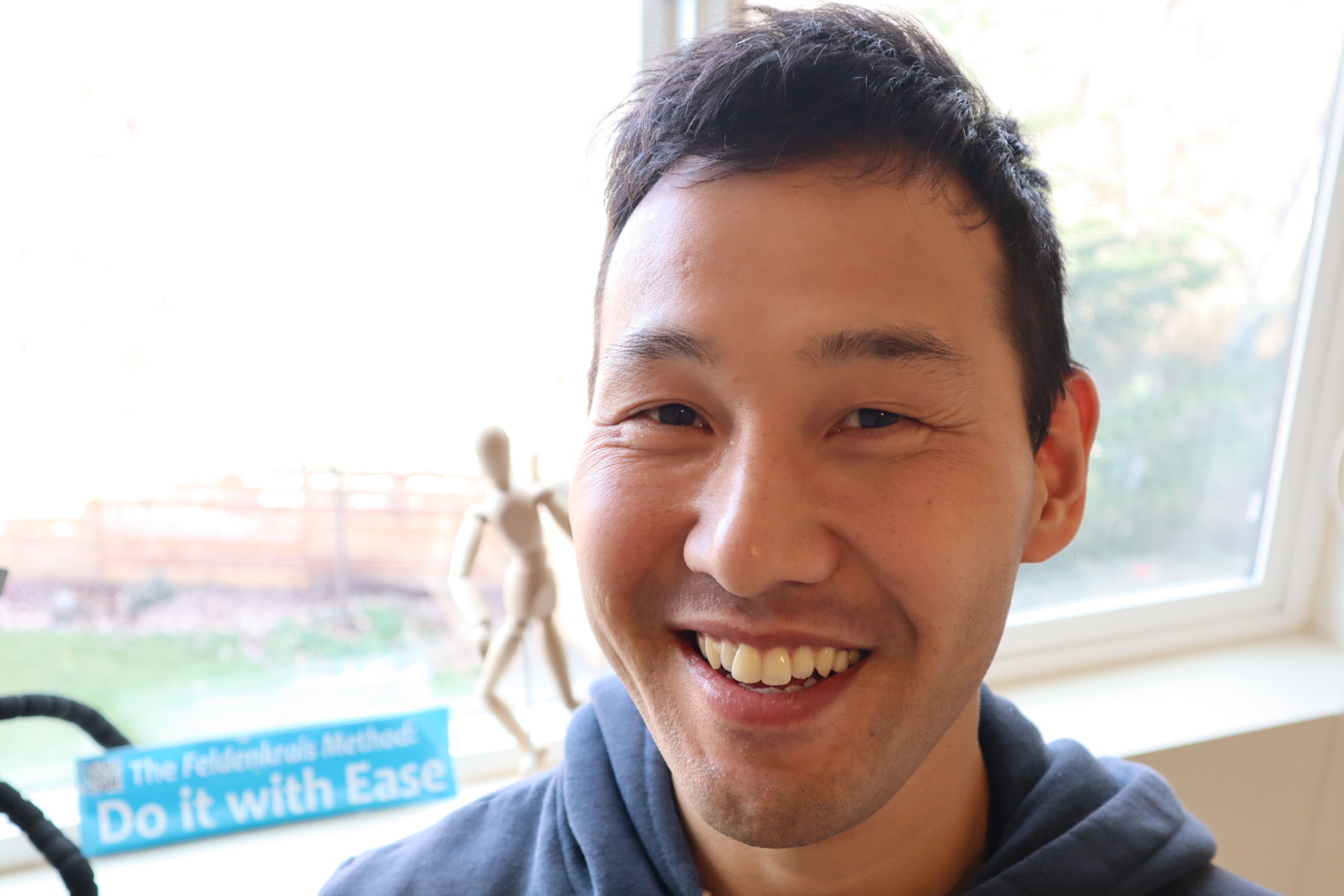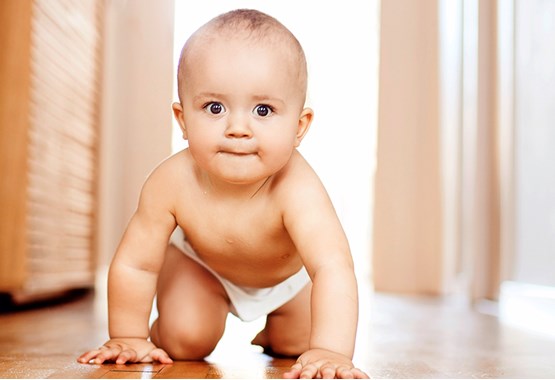Asian Squats: Benefits and How to Practice and Improve
/I so often squat while typing on my laptop or working with my clients, and people ask me if I am uncomfortable. I then tell them that I am actually quite comfortable in my squat position, more comfortable than sitting in a chair. My answer almost always surprises people. Why do many people think that squat is only for younger people, and not ideal for older people? Why is it that many older people including my parents and my wife's parents (Japanese) and others in many Asian countries and other countries can squat comfortably? Should older people avoid squatting? When should we stop squatting? Questions go on and on and on.
"Use it or lose it". Just like sitting on the floor (which I also support), squatting requires more fuller joint range of motion than sitting in a chair/couch. It is not so much about being in a squat position that is beneficial, but the act of getting in/out of a squat position is beneficial as you are moving all joints and muscles through much greater range. And, as you use this position for many functional activities such as watching TV, reading a book, using a computer, eating, etc, you'll be moving more frequently, which is a real secret for keeping our body strong, mobile, and healthy. This is why I am a huge advocate of squatting, sitting on the floor, or what I call "becoming friends with the floor". Another huge benefit of this is to become less fearful of falling.
By the way, I am not suggesting that everyone needs to do Asian squat. I am just sharing my thoughts on this topic, and want you to know that age and your ethnicity don't determine the ability to do Asian squat. Our ability to move is largely influenced by how we use our body everyday, which is influenced by our culture. So, the point I want to make is that your body and the ability to move can change based on how you use your body and move daily.
What is Asian Squat?
It is a full squat with feet flat on the ground, buttocks all the way down near heels or touching them. A common position used by people in many Asian countries while talking, eating, other activities.
What are benefits?
1) Keeps joints healthy and mobile
2) Keeps muscles strong and flexible
3) Helps with digestive system
4) May help with posture
*The ability to get up from the floor is corrected with mortality rate. The research shows that people who struggle to get up from the floor or not able to do have higher mortality rate as compared to people who are able to get up from the floor easily.
How to practice and improve:
1) Incorporate Asian Squat in daily activities such as reading a book, eating a meal, watching a TV, etc.
2) Start small and increase gradually
Happy Squatting!















